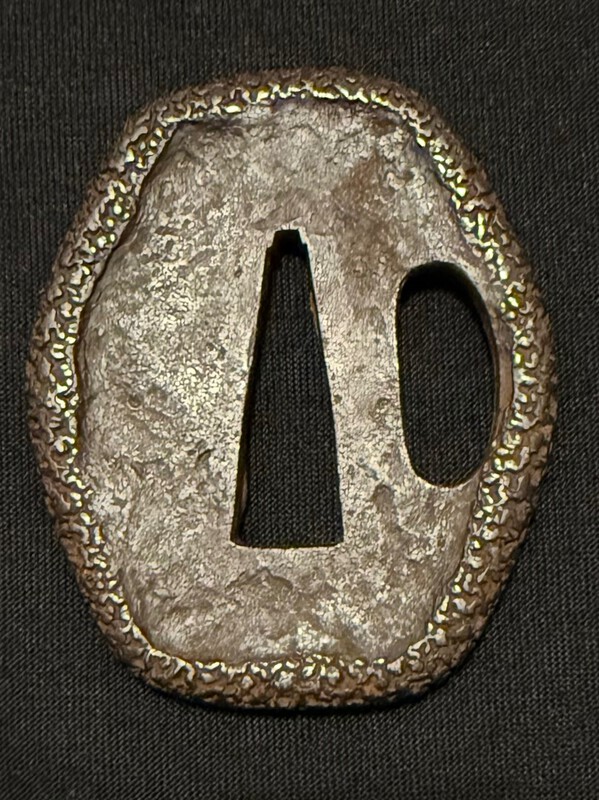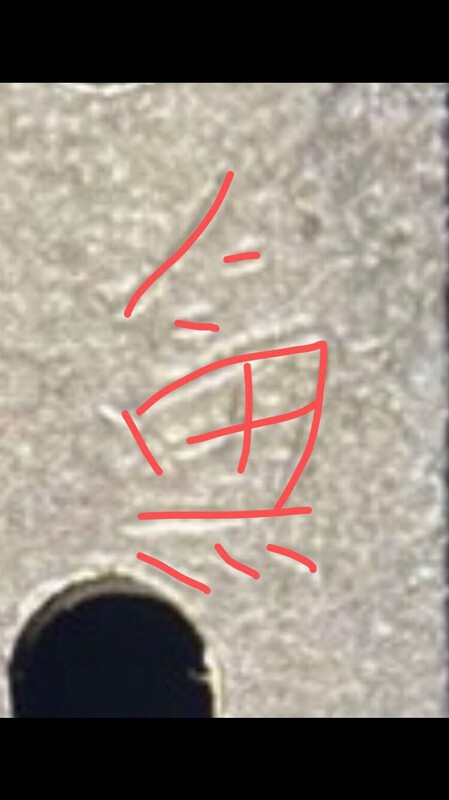-
Posts
507 -
Joined
-
Last visited
-
Days Won
2
Content Type
Profiles
Forums
Events
Store
Downloads
Gallery
Everything posted by Tcat
-
-
- 1
-

-
Checking in to report a smooth transaction with Peter. I received kozuka #12 today and am very happy.
-
Are you under the impression that, the wider the hamon / boshi / greater size of turnback, the stronger the blade? Research indicates quite the contrary.
-

Nice story about the return of a Katana
Tcat replied to Brian's topic in General Nihonto Related Discussion
Wonderful story. -
Yes, I think so. I have never seen one before in person. It came (mismatched) as part of a package with something else I was targeting. Dims: nagasa - 9.3cm nakago - 5.0cm width at hamachi - 0.9 cm Here is a photo of the whole blade -
-
-
Ok thanks Jacques, this graphic is very helpful and better shows a spread of variations… Markus, thank you for checking in to this thread. This is really interesting and explains a lot. Thanks to all for the learning opportunity, it’s really appreciated.
-
You’re quite right about that, it’s not “kane” - my mistake. However I am still quite hung up on the reason to sign in this manner that looks so much like 魚 as this is clearly intentional.
-
Sorry but the swordsmith’s correct name may be “兼道” but this sword, like many others, is purposefully signed “魚道”. It is not an accident that it looks as much like “fish” as possible. Much more like “fish” than anything else, so we can deduce that its 100% intentional. Which makes me wonder why we refer to the signature as “兼道” when in fact it is signed to look like “魚道”, intentionally. I guess it is a stylistic choice but I wonder why we don’t just call it what it is. Kanemitsu (a lot of them) did it too.
-
Are you absolutely sure of that? 🤔 Sorry to be blunt, but the character chiseled on that sword looks *nothing* like the one you’ve pointed me to in Sesko’s reference. One stroke is missing because of the mekugiana. I’ll get out my little red pen to illustrate…
-
Request for learning opportunity - Why do we say the sword is signed “兼道” when it is signed “魚道” surely... I know both the first characters are pronounced “kane”.
-
The last person I would doubt, but sometimes one has to read between the lines of a statement rather than take it entirely literally.
-
Oh dear, sorry but this is bad advice only one is accurate (the last). It’s quality (not age), then VALUE vs PRICE (not just price)…then “do you like it”. Age is way down there. There are lots of rocks and stones lying around that have a lot more “age” to them than any sword. it’s really not…
-
Perhaps I'm biased but I believe that is part of what was behind many great achievements in history
-
Fantastic. Hope there's more where that came from. Other museums need to start taking a ginko leaf out of the Ashmolean's book
-
Pure speculation here but I'm going to 'hazard' a guess just for fun - perhaps it is to indicate where the original yasurime begin / end to differentiate between newer ones made at the time of the alteration.
-
Just want to add that its probably not only 'wear' that does this to the area around the tsuba - its moisture and corrosion / rust which builds up layer upon layer due to the damp finding a place to collect, condense and react repetedly through years of neglect / poor storage.
-
+1 and is the same reason I can barely bring myself to comment unless I'm feeling really in the mood for a good fight



















